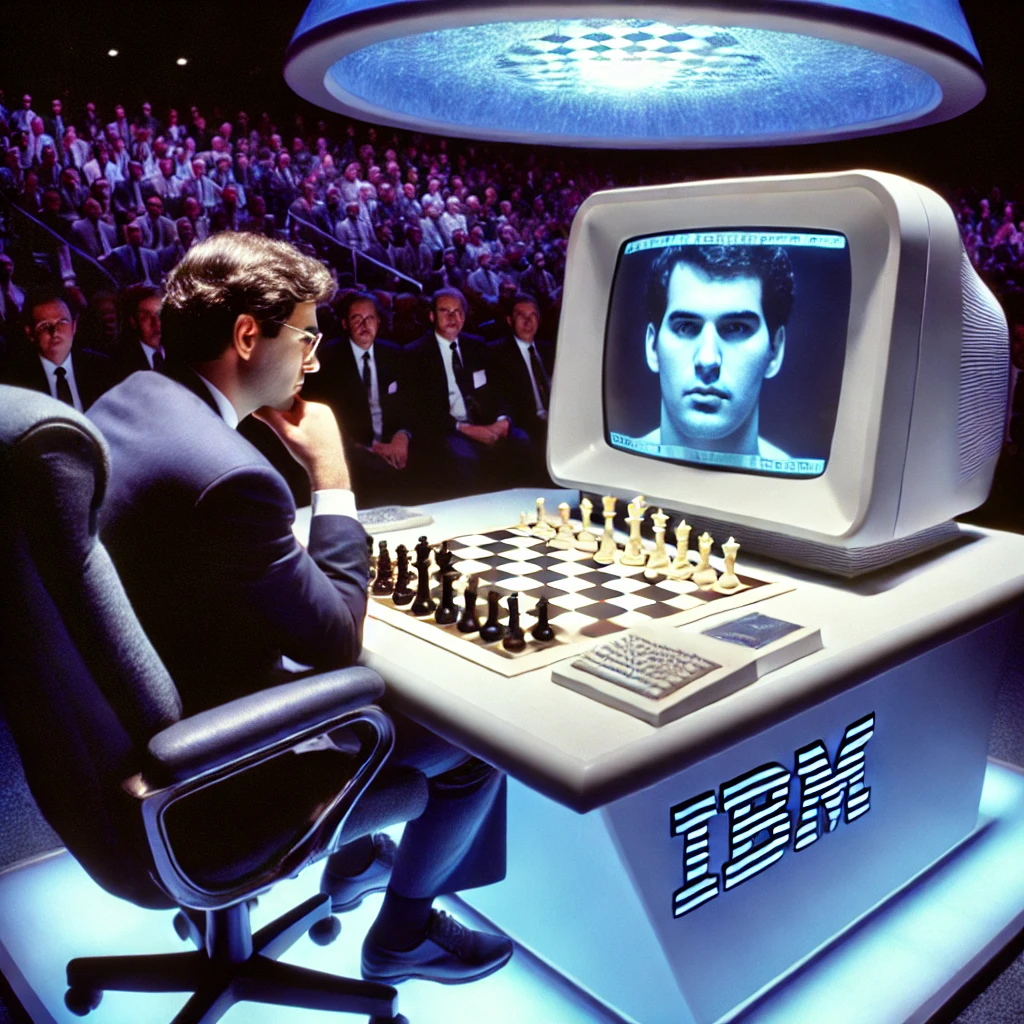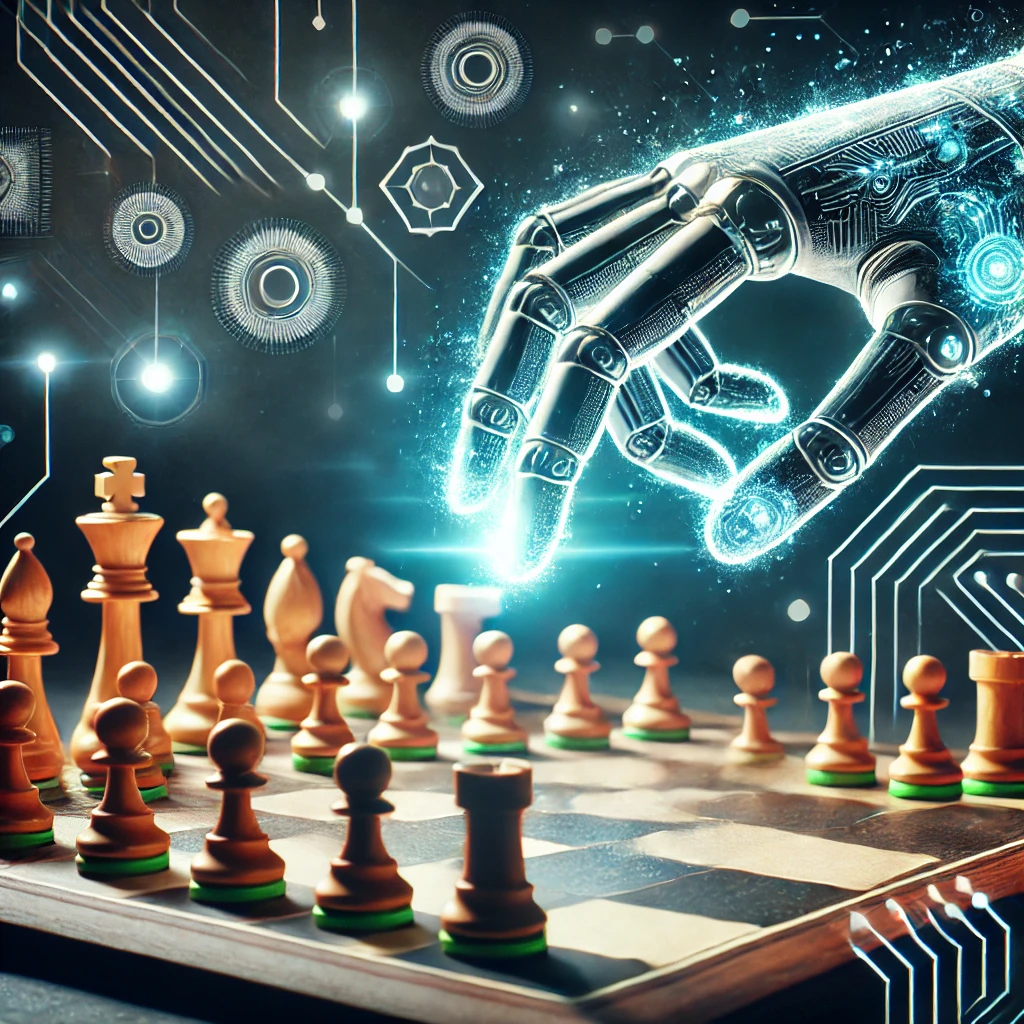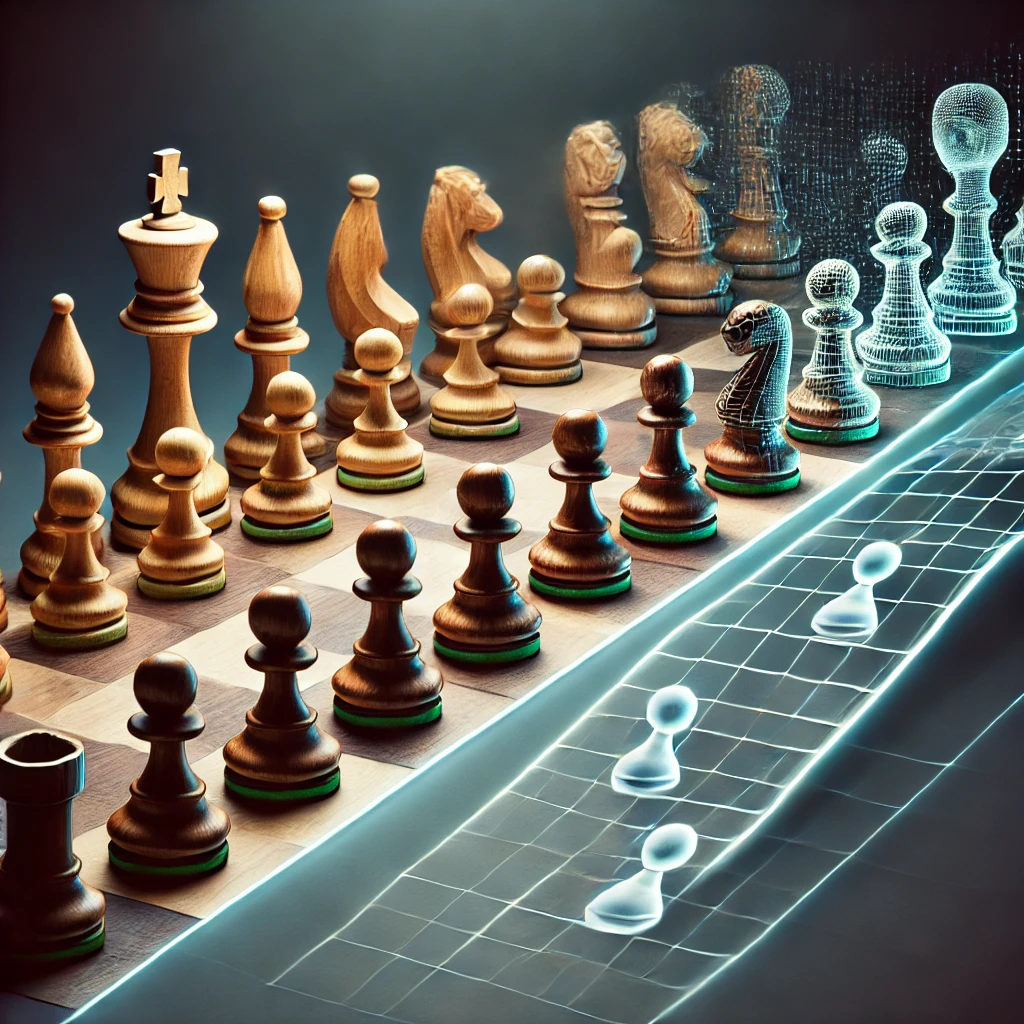A historic moment in the realm of artificial intelligence occurred on February 10th, 1996, as IBM’s Deep Blue computer defeated reigning world chess champion Garry Kasparov in a highly publicized match, marking a milestone in the development of AI. This event was not just a contest between a grandmaster and a machine but a pivotal moment in computing history that signaled AI’s growing capabilities in complex problem-solving.

The Significance of Deep Blue’s Victory
Deep Blue’s triumph over Kasparov was groundbreaking because it demonstrated that artificial intelligence could challenge and even surpass human intellect in specific domains. Prior to this match, computers had been able to play chess at high levels, but no machine had ever managed to defeat a world champion under standard tournament conditions. Deep Blue’s ability to analyze 200 million positions per second gave it an edge that even the greatest human player could not match.
The 1996 match was the first time a reigning world chess champion lost a game to a computer. However, Kasparov ultimately won the six-game series with a score of 4-2. The battle did not end there. IBM improved Deep Blue’s computing power, and in a highly anticipated rematch in 1997, the machine defeated Kasparov in a full six-game match. This signified not just an AI victory in chess but a fundamental shift in the relationship between humans and technology.
A Turning Point for Artificial Intelligence

Deep Blue’s victory spurred further research in AI and machine learning, influencing the development of more advanced computing systems. The success of Deep Blue illustrated that machines could process immense amounts of data and make decisions based on probabilities, paving the way for the AI-driven technologies we rely on today. From natural language processing to predictive analytics, the principles used in Deep Blue’s design continue to shape modern computing.
The match also changed the way people perceived artificial intelligence. While early AI research had focused on rule-based systems, Deep Blue’s success encouraged a shift toward data-driven learning and optimization techniques. This set the stage for future advancements in AI, including neural networks, deep learning, and reinforcement learning, which now underpin applications ranging from self-driving cars to medical diagnostics.
Lasting Impact on Chess and Beyond

In the world of chess, Deep Blue’s victory reshaped competitive play. Today, chess grandmasters regularly train with AI-driven chess engines, such as Stockfish and AlphaZero, which provide strategic insights and uncover new playing styles. These tools have elevated human play to new heights, allowing players to study millions of potential moves and refine their strategies.
Beyond chess, the impact of Deep Blue’s success extends into various industries. AI-driven decision-making is now a staple in finance, healthcare, and cybersecurity. The principles of AI that helped Deep Blue defeat Kasparov are the same ones enabling breakthroughs in data analysis, automation, and problem-solving in countless fields.
Ultimately, Deep Blue’s victory over Kasparov was more than a chess match—it was a defining moment in the history of artificial intelligence. It demonstrated that machines could perform at levels once thought to be the exclusive domain of human intelligence, setting the stage for the AI-driven future we live in today.
